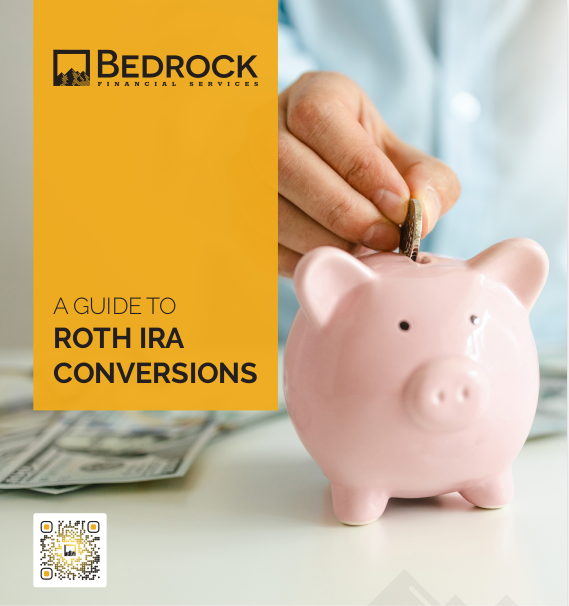Key Takeaways
-
The quality of reviews you receive directly correlates with the quality of questions you ask your clients.
-
Structured, thoughtful questions guide clients to share detailed, emotional, and trust-building feedback that future prospects connect with.
Why Better Reviews Start With You
If you’re like most independent insurance agents, you already know the power of a good review. It builds credibility, earns trust, and can even shorten your sales cycle. But what you might not realize is that most glowing reviews don’t happen by accident. They’re shaped by the prompts you give your clients.
Many agents ask broad, generic questions like, “Can you leave me a review?” And then they wait, hoping the client writes something helpful. But here’s the truth: vague requests get vague results. If you want reviews that convert browsers into buyers, you need to take control of the process—starting with better questions.
What a “Better” Review Actually Looks Like
Before you refine your questions, it helps to define your goal. A better review:
-
Highlights the problem your client had
-
Describes the solution you provided
-
Emphasizes how it felt to work with you
-
Shows the emotional or practical benefit they gained
-
Mentions why they would recommend you
In other words, a better review reads like a mini story that your future clients can see themselves in.
The Science Behind Specific Questions
Asking specific questions helps activate memory, emotion, and detail—all the things that make a review feel human. When you ask a client, “What was your situation before you worked with me?” you’re inviting reflection. When you follow with, “How did you feel after our conversation?” you’re encouraging emotional depth.
This technique works because it shifts the review from a transaction to a transformation. It nudges the client to describe their journey, not just the outcome.
Ask These 6 Review-Boosting Questions
If you want better reviews in 2025, these are the questions you should be asking:
1. What made you start looking for help with your insurance?
This question sets the stage. It invites the client to share the pain point that led them to you. Whether it was confusion, frustration, or financial stress, starting with a real emotion builds trust.
2. What were you worried about before we spoke?
This one helps you uncover hesitations or doubts. It’s especially valuable because it preemptively addresses objections that future clients might have. It also makes your eventual solution seem more impressive.
3. How did I help you understand your options?
Here, the spotlight is on your role as an educator and guide. Reviews that highlight clarity and professionalism carry more weight than those that simply say “they were helpful.”
4. What changed for you after we worked together?
This gets into the transformation—the real benefit of working with you. Whether they gained peace of mind, clarity, or saved money, this question reveals the impact you made.
5. Was there anything unexpected about the experience?
Positive surprises add authenticity. Clients might mention that you were more responsive than expected or explained things better than anyone else. This adds texture to the review.
6. What would you tell someone who’s unsure about working with me?
This invites a recommendation, but in a way that’s conversational. It’s a subtle nudge that helps your client frame their review in persuasive, peer-to-peer language.
When and How to Ask These Questions
Timing matters. Ask too early, and the client won’t have experienced the full benefit of working with you. Ask too late, and the emotional impact might have faded. Here’s a timeline that tends to work:
-
Day 1-2 after enrollment or policy issue: Send a thank-you message. Don’t ask for a review yet. Just reinforce that you’re available for questions.
-
Day 7-10: Reach out to ask how they’re feeling about their coverage. This keeps communication open and sets the tone.
-
Day 14-21: Ask for the review using the six questions. This timing lets the client reflect while the experience is still fresh.
Use email or a quick form to make it easy. Don’t ask all six questions at once—pick three that match their journey.
Make It Easy to Respond
Even great questions fall flat if the process feels like homework. Use these tips to increase the likelihood of a response:
-
Give a link: Send them directly to your review platform or feedback form.
-
Give context: Remind them briefly of your conversation or what you helped them with.
-
Give options: Let them respond by text, email, or voice memo. The easier it feels, the more likely they are to follow through.
Use the Feedback in Multiple Ways
Once you’ve collected reviews using better questions, don’t let them sit in one place. Repurpose them across platforms:
-
Website: Use client language in your homepage copy or service pages.
-
Emails: Add a client quote at the bottom of your email signature or include one in onboarding sequences.
-
Social media: Break longer reviews into bite-sized insights to share weekly.
-
Video: Use the review as a script outline if you ask the client to record a testimonial video later.
The words your clients use are marketing gold. When their answers sound real, future clients feel more confident saying yes.
Overcome the Fear of Asking
One reason many agents hesitate to ask better questions is fear. You don’t want to seem pushy or awkward. But in 2025, clients are used to being asked for feedback—as long as it feels purposeful.
Frame the request as something that helps others. Say, “Would you mind sharing your experience so it can help someone else who’s in the same boat you were in?” That changes the tone from a favor for you to a gift for someone else.
You’re not begging for praise. You’re offering your client a chance to reflect on their growth—and to pay it forward.
Training Your Team on This Approach
If you work with assistants, marketers, or other agents, train them to use these questions consistently. Create templates and workflows:
-
Scripts for follow-up calls
-
Forms that include dropdowns or short-answer fields with these prompts
-
CRM automations that schedule review requests 2–3 weeks post-policy
This turns better questions into a system—not a one-off effort.
What to Do With Unused Feedback
Not every response will be public review-worthy. Some clients will email back casually. That doesn’t mean it’s not useful.
-
Keep a swipe file of testimonials and client quotes
-
Extract phrases that show emotional resonance (“I finally feel secure,” “You broke it down so clearly”)
-
Use snippets to improve your landing pages, sales calls, or even agent scripts
Think of reviews not just as reputation tools, but also as mirrors. They show you what clients actually value—and what you should talk about more.
If You Want Better Testimonials, Ask Better First
You don’t need to chase perfect wording. You need to create the conditions for meaningful reflection. That starts with how you ask.
Don’t just wait for reviews. Shape them. Guide them. Let your clients speak, but hand them the right microphone.
We help independent agents like you turn raw feedback into persuasive marketing tools. At Bedrock Financial Services, we support you with automation tools, follow-up systems, and training resources that help you capture the best of what your clients say.
Sign up with us today and start getting reviews that truly reflect the difference you make.







